Ginger Plant
- November 3, 2023
- 0 comment
The ginger plant, scientifically known as Zingiber officinale, is a tropical flowering plant revered for its aromatic rhizomes, which are commonly referred to as ginger roots. This herbaceous perennial originates from Southeast Asia but has been cultivated worldwide for centuries.
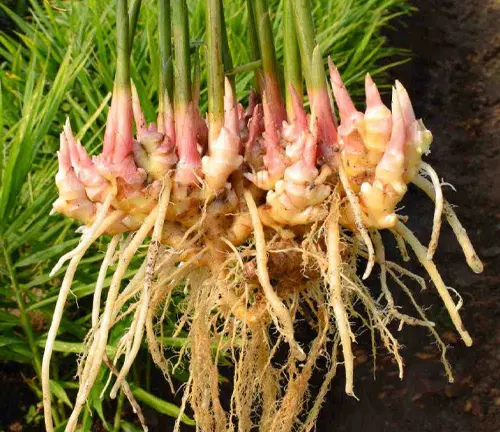
Ginger is well-known for its culinary and medicinal applications. Its rhizomes are the part of the plant used in various cuisines to add a unique, spicy flavor and a warm, pungent aroma. Additionally, ginger has a long history of medicinal use, often used to alleviate digestive discomfort, reduce nausea, and even as an anti-inflammatory remedy.
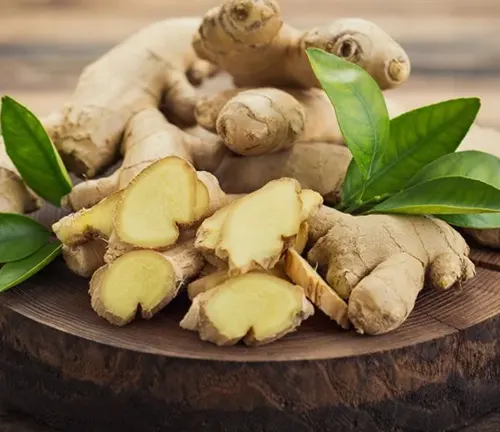
This versatile plant is also valued for its ornamental qualities, with its attractive, reed-like stems and striking, torch-shaped inflorescences. Whether it’s enhancing the flavors of dishes, soothing upset stomachs, or adding a touch of exotic beauty to gardens, the ginger plant holds a special place in both our culinary and botanical worlds.
| Characteristics | Description |
| Scientific Name | Zingiber officinale |
| Family | Zingiberaceae |
| Common Names | Ginger, ginger root |
| Plant Type | Herbaceous perennial |
| Origin | Southeast Asia |
| Growth Habit | Upright, reed-like stems |
| Height | 2 to 4 feet (60 to 120 cm) |
| Leaves | Lance-shaped, alternate, green |
| Flowers | Torch-shaped inflorescences with green bracts and small yellow or white flowers |
| Rhizomes | The edible part of the plant, used as ginger in cooking and for medicinal purposes |
| Culinary Use | Adds a spicy, warm flavor and aroma to dishes |
| Medicinal Use | Used to alleviate nausea, aid digestion, and as an anti-inflammatory |
| Cultivation | Grows in tropical and subtropical regions |
| Soil | Well-draining, rich, and slightly acidic |
| Light | Partial to full shade |
| Watering | Regular, keeping the soil consistently moist |
| Propagation | Rhizome division |
| Lifespan | Perennial, with rhizomes continually producing new growth |
| Ornamental Qualities | Adds beauty to gardens with its foliage and inflorescences |
| Harvesting | Rhizomes can be harvested when mature |
| Zones | Typically grown in USDA hardiness zones 9 to 12 |
Botanical Beauty of “Ginger Plant”

The Ginger plant, known scientifically as Zingiber officinale, is a botanical beauty that has captured the hearts of both gardeners and nature enthusiasts worldwide. This article will delve into the enchanting world of ginger plants, exploring their elegance, ecological importance, cultivation, and various uses, all while uncovering the delightful fragrance they offer.
Woodland Elegance
Ginger plants are celebrated for their woodland elegance, characterized by their reed-like stems and striking torch-shaped inflorescences. These inflorescences are adorned with green bracts and small yellow or white flowers, creating a mesmerizing visual display in the garden. The lance-shaped, green leaves further contribute to the plant’s graceful appearance, making it a sought-after ornamental addition to gardens around the world.

Ecological Importance

Beyond their aesthetic appeal, ginger plants hold ecological significance. Their nectar-rich flowers attract pollinators, including bees and butterflies, contributing to local biodiversity. In their native habitats, these plants are also integral to the forest floor ecosystem, providing shelter and sustenance to various wildlife.
Cultivation and Conservation
Cultivating ginger plants is a rewarding endeavor, but it requires a tropical or subtropical environment with well-draining, slightly acidic soil and partial to full shade. While ginger is widely cultivated for culinary and medicinal purposes, it’s crucial to ensure sustainable practices to protect these valuable plants. Conservation efforts are essential to preserve ginger’s genetic diversity and natural habitats.
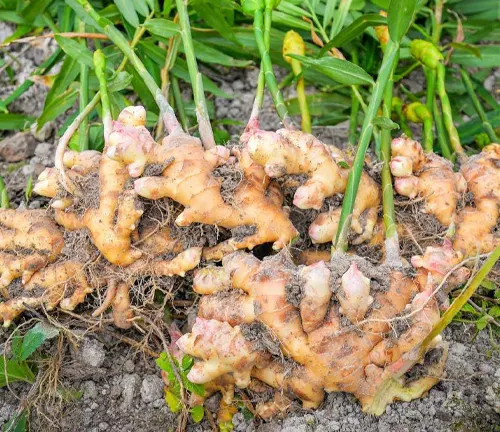
Fragrance
One of the most captivating aspects of ginger plants is their delightful fragrance. The rhizomes, when crushed or grated, release a warm, pungent aroma that is both soothing and invigorating. This fragrance is not only a culinary delight but also adds to the overall sensory experience of growing and using ginger.
Soil Stabilization
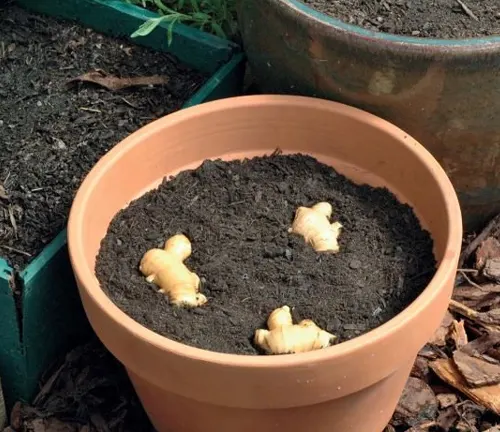
Ginger plants offer an ecological benefit by helping to stabilize soil. Their rhizomes, with their dense fibrous roots, help prevent erosion and soil degradation. In regions with heavy rainfall or prone to landslides, ginger plants play a role in maintaining the integrity of the landscape.
Common Uses
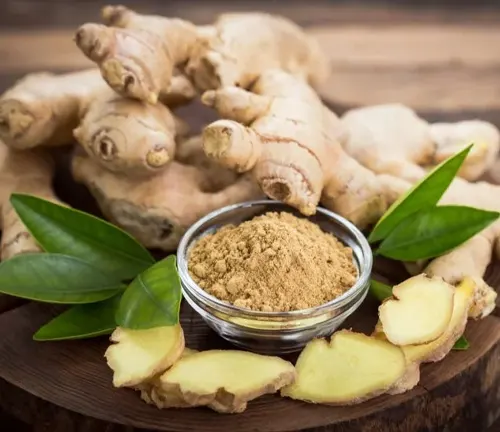
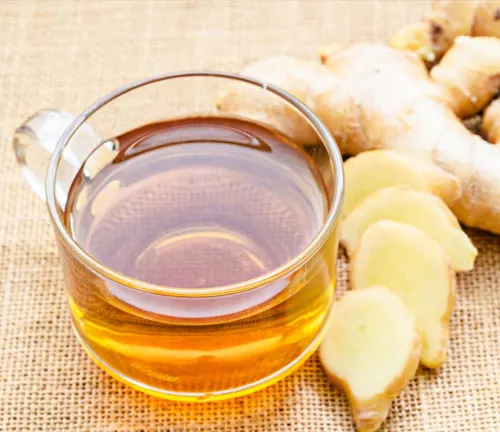
Ginger’s versatility extends beyond its aesthetic and ecological qualities. In the culinary world, it’s celebrated for its ability to add a spicy, warm flavor and aroma to a wide range of dishes. From curries to teas and desserts, ginger’s presence elevates the taste and aroma of food and beverages. Additionally, ginger has a rich history of use in traditional medicine for alleviating nausea, aiding digestion, and acting as an anti-inflammatory remedy.
Benefits
The benefits of ginger are not limited to its culinary and medicinal uses. It’s a versatile and valuable plant, contributing to the beauty of gardens, the health of ecosystems, and the well-being of individuals. By understanding and appreciating the many facets of the ginger plant, we can fully embrace its botanical charm and the manifold advantages it brings to our world. Whether in the garden or on our plates, the ginger plant is a remarkable gift from nature.
Different Species
Zingiber officinale
(Common Ginger)
This is the most well-known species and is cultivated for its edible rhizomes, which are used as ginger in cooking and for various medicinal purposes.

Alpinia purpurata
(Red Ginger)
Red ginger is known for its vibrant red or pink inflorescences, which are often used in floral arrangements. It’s an ornamental species with large, showy flowers.

Hedychium coronarium
(White Ginger Lily)
This species features large, fragrant white flowers and is commonly grown for its ornamental value. The flowers are used in garlands and leis.
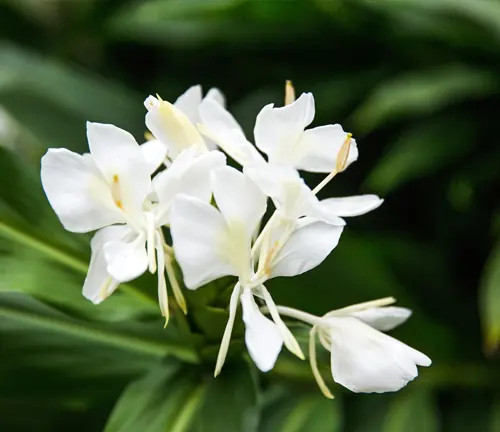
Kaempferia galanga
(Galangal)
Galangal is a rhizomatous ginger species used in Southeast Asian cuisine. It has a distinct, sharp flavor and is often used in curries and traditional dishes.
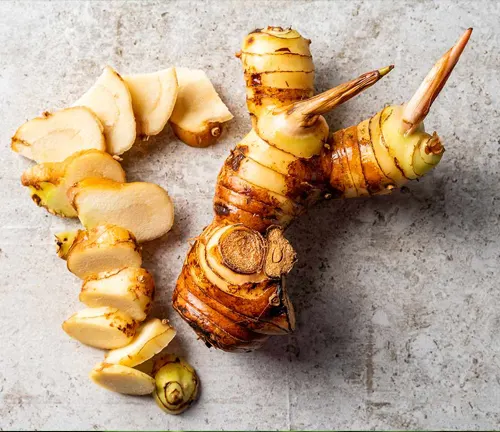
Curcuma longa
(Turmeric)
Turmeric is another well-known ginger species, famous for its bright orange-yellow rhizomes. It’s a key ingredient in many dishes, and its active compound, curcumin, is prized for its potential health benefits.
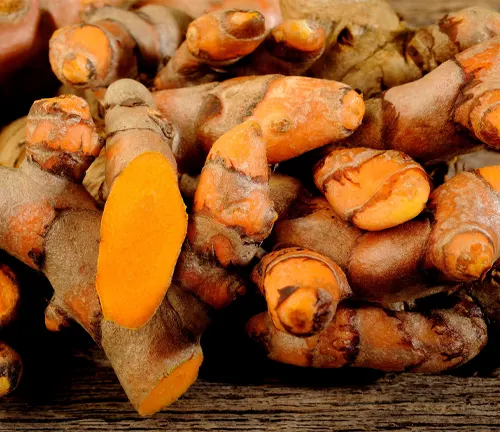
Costus woodsonii
(Indian Head Ginger)
This species is notable for its unique, spiral-shaped inflorescence and striking red bracts. It’s grown as an ornamental plant.

Zingiber zerumbet
(Shampoo Ginger)
Shampoo ginger is recognized for its conelike inflorescence, which contains a fragrant liquid that can be used as a natural shampoo or body wash.
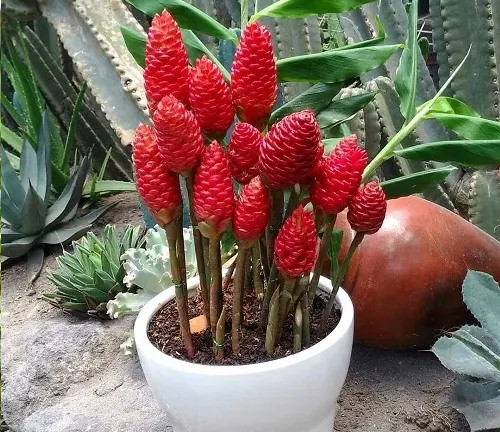
Etlingera elatior
(Torch Ginger)
Torch ginger plants produce tall, striking inflorescences that resemble torches. These inflorescences are often used in decorative arrangements and traditional Asian dishes.
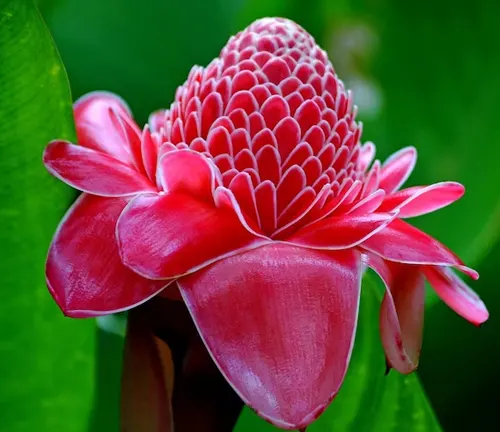
Achasma sylvestre
(Wild Ginger)
This species is native to North America and has a spicy aroma but is not used in culinary applications. It’s primarily a native plant in woodland ecosystems.
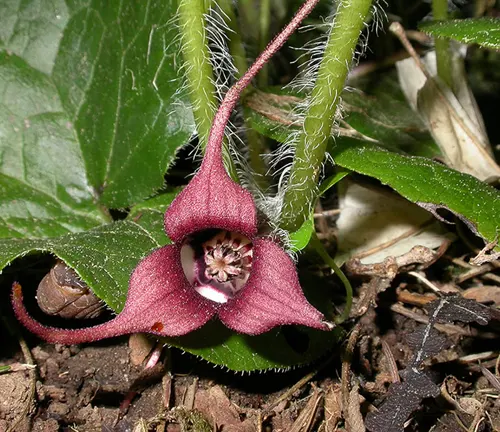
Frequently Asked Questions (FAQs)
- What is a ginger plant?
A ginger plant refers to any species within the Zingiberaceae family, typically cultivated for their rhizomes, which are used in cooking and for medicinal purposes. - How do I grow ginger at home?
Ginger can be grown at home by planting ginger rhizomes in well-draining, slightly acidic soil in a warm and shady location. - What are the ornamental qualities of ginger plants?
Ginger plants are known for their elegant foliage, reed-like stems, and striking inflorescences, making them popular choices for garden landscaping. - What are the ecological benefits of ginger plants?
Ginger plants attract pollinators like bees and butterflies, contribute to biodiversity, and help stabilize soil with their fibrous roots. - What are the culinary uses of ginger?
Ginger is used to add a spicy, warm flavor and aroma to a wide range of dishes, including curries, teas, stir-fries, and desserts. - What are the medicinal properties of ginger?
Ginger is known for its potential health benefits, such as alleviating nausea, aiding digestion, and acting as an anti-inflammatory. - Can ginger be grown in different climates?
Ginger thrives in tropical and subtropical climates but can be grown in pots or indoors in colder regions. - How do I harvest ginger rhizomes?
Ginger rhizomes can be harvested when they are mature, typically around 8-10 months after planting. - Are there different species of ginger plants?
Yes, there are various species of ginger plants, including common ginger (Zingiber officinale), turmeric (Curcuma longa), red ginger (Alpinia purpurata), and more. - Is ginger related to other spices like turmeric and galangal?
Yes, ginger is related to other spices like turmeric and galangal, and they all belong to the Zingiberaceae family. - What are the uses of different ginger plant species, apart from Zingiber officinale?
Various ginger plant species have culinary, ornamental, and medicinal uses. For example, turmeric is used as a spice, and red ginger is grown for its ornamental flowers. - How do I care for potted ginger plants?
Potted ginger plants should be placed in well-draining soil, receive partial shade, and be watered regularly to keep the soil consistently moist.


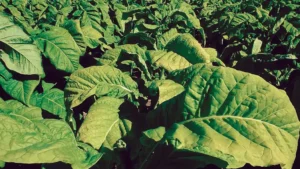
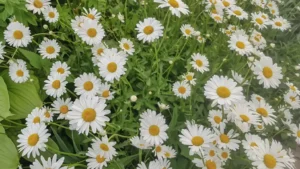
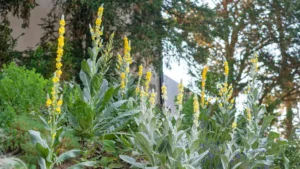
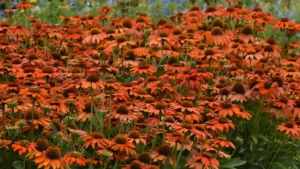
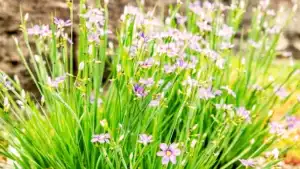
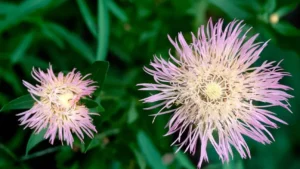
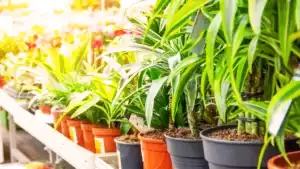
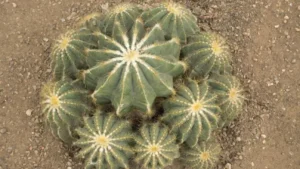


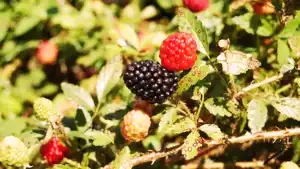
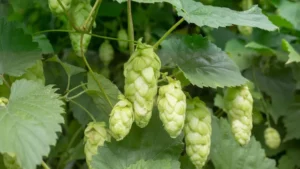
Leave your comment